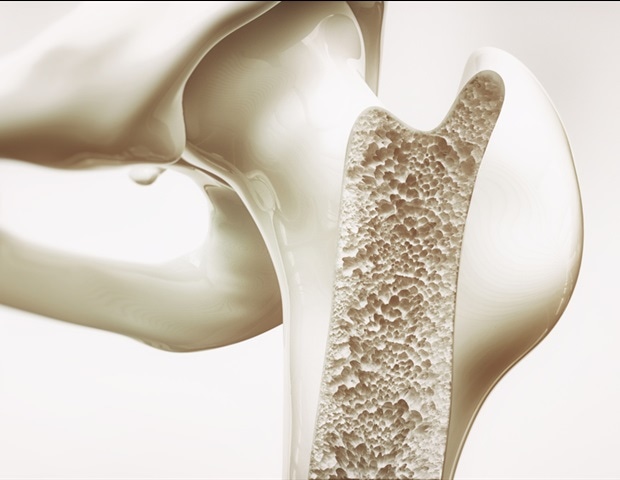For many women, the best part of pregnancy is going nine months without a period. And even after pregnancy, your period can take a long time to return, particularly if you are breastfeeding. However, many first-time moms do not know that all women experience postpartum vaginal bleeding called “lochia” after giving birth, regardless of the type of delivery.
Lochia can be like a period, but it comprises multiple postpartum substances. Every woman may experience it differently, from its qualities to how long it lasts. Here we will examine what it is, why it happens, and how long it may last. Finally, we will break down the stages of lochia that a woman will progress through postpartum.
What is Postpartum Lochia?
Lochia refers to vaginal bleeding and discharge occurring in the immediate postpartum period. It consists of excess blood, tissue, and mucus from the uterus after pregnancy. It typically follows a pattern of progression, and its characteristics change over time before stopping completely.1
Why Does It Happen?
When a woman delivers her placenta in the third stage of labor, it leaves behind a wound where it detached from the uterine wall. As the uterus shrinks to its pre-pregnancy size and the wound heals, that site bleeds and sheds the tissue connecting the uterus to the placenta. This blood and tissue exit the body through the vagina.1,2
During pregnancy, mucus lines the uterus, and that mucus needs to be shed postpartum. The cervix also produces mucus during pregnancy and postpartum, mixing with the shedding blood and tissue to form lochia.2
Stages of Lochia
As time passes after delivery, the quality and quantity of lochia change. It is heavy and bloody in the early postpartum days and gradually transitions to pink or brown, then finally to white. These different types have different names, timelines, and characteristics.1
Lochia Rubra
In the first few days postpartum, the discharge consists mainly of blood with bits of tissue left behind by the placenta. Lochia rubra is a bright or dark, rich red color and may contain small clots. The flow of lochia rubra may resemble a heavy period and include mild to moderate cramping.1,2
Lochia Serosa
Lochia serosa typically begins within the first postpartum week. It still consists mainly of blood; however, it also contains white blood cells and other organisms. Lochia serosa appears less red and more pink or brown. It is thinner and waterier than lochia rubra. Clots should be less frequent with lochia serosa, and the amount of discharge should lighten to a moderate flow.1,2
Lochia Alba
The final stage of postpartum discharge progression consists mainly of mucus, white blood cells, and other organisms. Lochia alba contains very little blood, so it is no longer red. It can appear white, yellow, or clear. The flow of lochia alba is light, or it can be just spotting, but it gradually decreases as the placental site heals.2
How Long Does Lochia Last?
Lochia can last anywhere from six to 12 weeks after delivery. It is typically bright red (lochia rubra) for three to four days, while lochia serosa typically starts on postpartum day five or six and continues through week three or four. Lochia alba follows lochia serosa with an average time of three to four weeks. However, it can be normal for lochia serosa to last for up to six to eight weeks postpartum. Bloody discharge may last longer in women who had vacuum or forceps delivery.1,2
When to Be Concerned
There is a wide variety of what is considered normal for lochia’s flow, duration, and appearance. There are a few things to look out for, but if you meet any of these criteria or have concerns, you should reach out to your healthcare provider.
Volume
Soaking a full-thickness pad every hour for more than two hours can mean you are losing too much blood.1
Clots
Small blood clots can be normal, especially in the first few days postpartum. However, if these clots are larger than the size of a golf ball, this may be cause for concern.1
Smell
It does not smell good. It may have a musty or metallic scent, like a menstrual period. However, if it has a pungent, noticeably offensive, or foul odor, this can signify uterine infection or retained placenta.1,2
Color
It can range from dark red or even brown to pink to white. However, if it appears green or pus-like, this can be a sign of infection.2
Lochia is a normal part of postpartum recovery, though it may be unpleasant, especially since you can only use a pad to catch the bleeding. Knowing what to expect from your postpartum bleeding and discharge as it progresses after delivery can be helpful. If the amount or type of discharge you are experiencing concerns you, reach out to your provider or mention it at your postpartum appointment. Otherwise, try to ride it out and know that it is temporary. It will be gone as fast as your baby is no longer a newborn!

 PARENTING TIPS
PARENTING TIPS







 PREGNANCY
PREGNANCY








 BABY CARE
BABY CARE








 TODDLERS
TODDLERS








 TEENS
TEENS








 HEALTH CARE
HEALTH CARE







 ACTIVITIES & CRAFTS
ACTIVITIES & CRAFTS








 CONTACT
CONTACT ABOUT
ABOUT
















